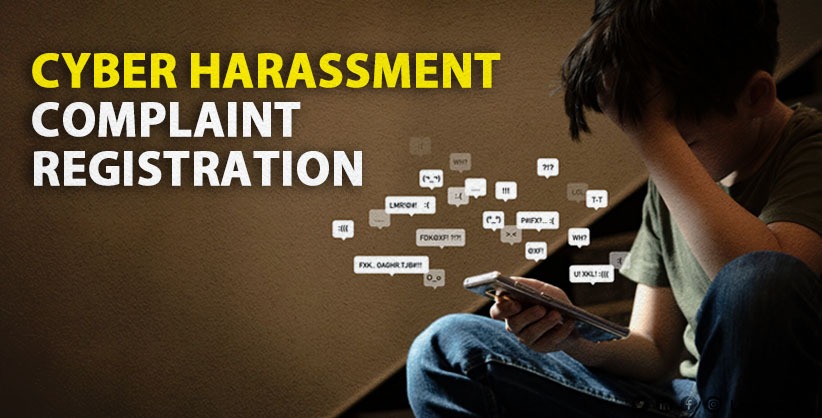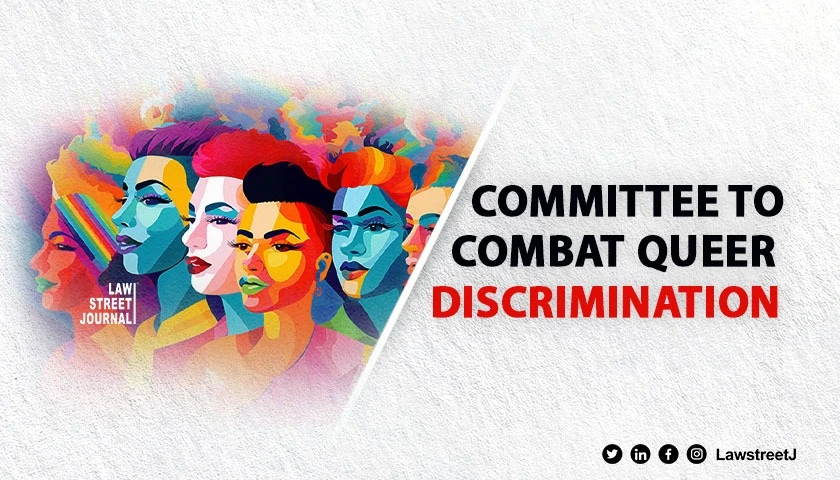In today's digital age, the rise of online platforms has brought numerous benefits and opportunities for communication and expression. However, it has also given rise to challenges such as online harassment and defamation. Fortunately, the Information Technology (IT) Act 2000 in India provides legal provisions to address such issues. This article serves as a comprehensive guide on how to register an online harassment and defamation complaint online, following the process outlined by the IT Act 2000.
Introduction
Online harassment and defamation can cause significant emotional distress and damage to a person's reputation. It is essential to understand the steps involved in registering a complaint to seek legal recourse. The IT Act 2000, along with its subsequent amendments, offers a legal framework to address these concerns and ensure the safety and protection of individuals in the digital realm.
Step-by-Step Process to Register an Online Harassment and Defamation Complaint
Step 1: Gather evidence
Before proceeding with the complaint, it is crucial to collect evidence of the online harassment or defamation. This evidence may include screenshots, chat logs, emails, or any other form of digital communication that supports your case. Ensure that the evidence is authentic and verifiable.
Step 2: Identify the concerned platform or website
Identify the platform or website where the harassment or defamation has taken place. This could be social media platforms, online forums, blogs, or any other online space where the offensive content is published.
Step 3: Contact the platform or website
Reach out to the platform or website's designated authority responsible for addressing content-related issues. Most platforms have dedicated reporting mechanisms or complaint forms. Submit a detailed complaint, including the evidence gathered in Step 1. Provide precise information about the offending content, such as URLs, usernames, or post timestamps.
Step 4: Lodge a complaint with the Cyber Cell
If the platform or website does not respond adequately or the harassment continues, you can approach the Cyber Cell of your local police station. Visit the official website of your state police or the Cyber Crime Investigation Cell and look for the option to file a complaint online. Provide all the necessary details, including your contact information, details of the offense, and supporting evidence.
Step 5: Follow the investigation process
Once the complaint is filed, the Cyber Cell will initiate an investigation based on the evidence and information provided. They may contact you for further clarification or additional evidence if required. It is essential to cooperate with the investigating officers and provide any assistance they may need during the process.
Step 6: Legal proceedings
Based on the investigation, if the offense is found to be valid, legal proceedings will be initiated against the offender. The case will be presented before the appropriate court, and the accused will have an opportunity to present their defense. It is advisable to seek legal counsel to navigate the legal proceedings effectively.
Step 7: Court judgment and remedies
Upon hearing the case, the court will deliver a judgment based on the evidence and arguments presented. If the accused is found guilty of online harassment or defamation, appropriate penalties and remedies will be determined. These may include fines, injunctions, or other suitable actions as per the IT Act 2000 and relevant legal provisions.
Conclusion
The IT Act 2000 serves as a crucial instrument in addressing online harassment and defamation, providing individuals with legal recourse to protect their rights in the digital space. By following the steps outlined in this guide, you can initiate the process of registering an online harassment and defamation complaint, seeking justice and ensuring a safer online environment for all.








